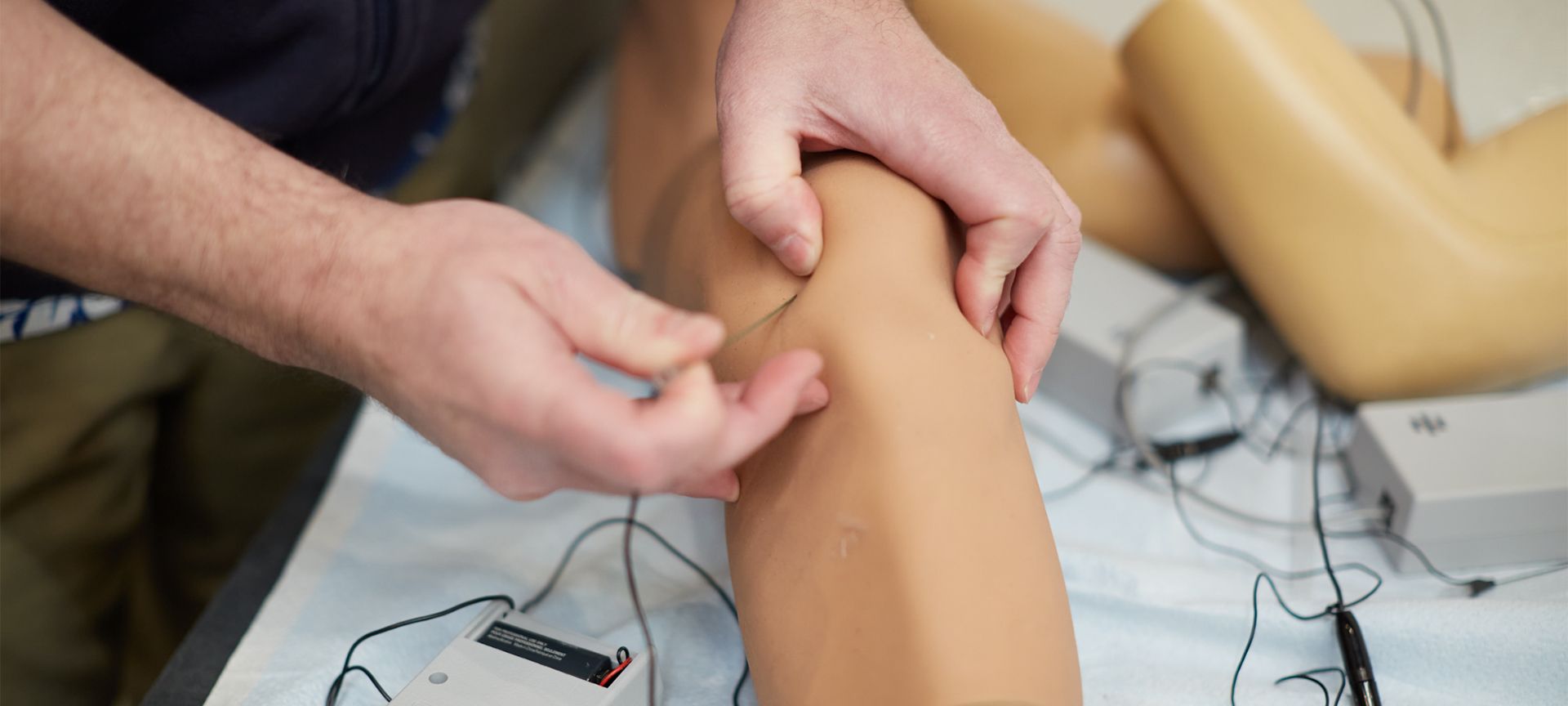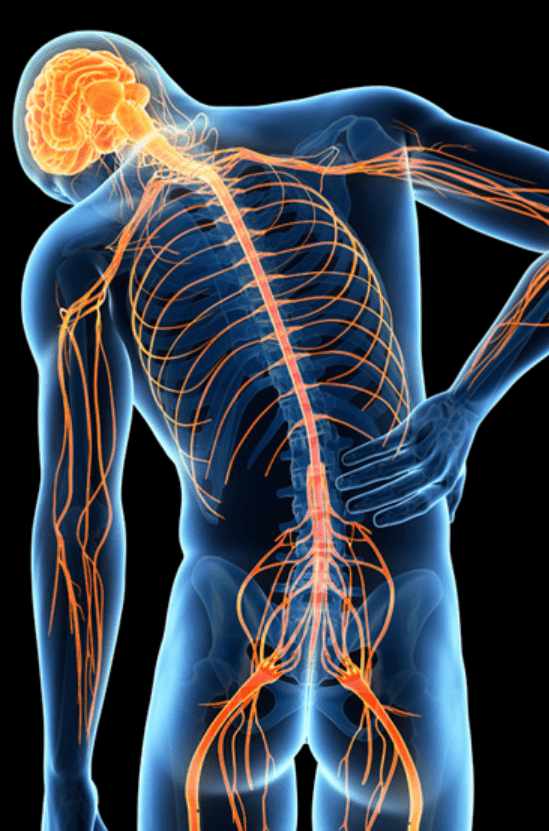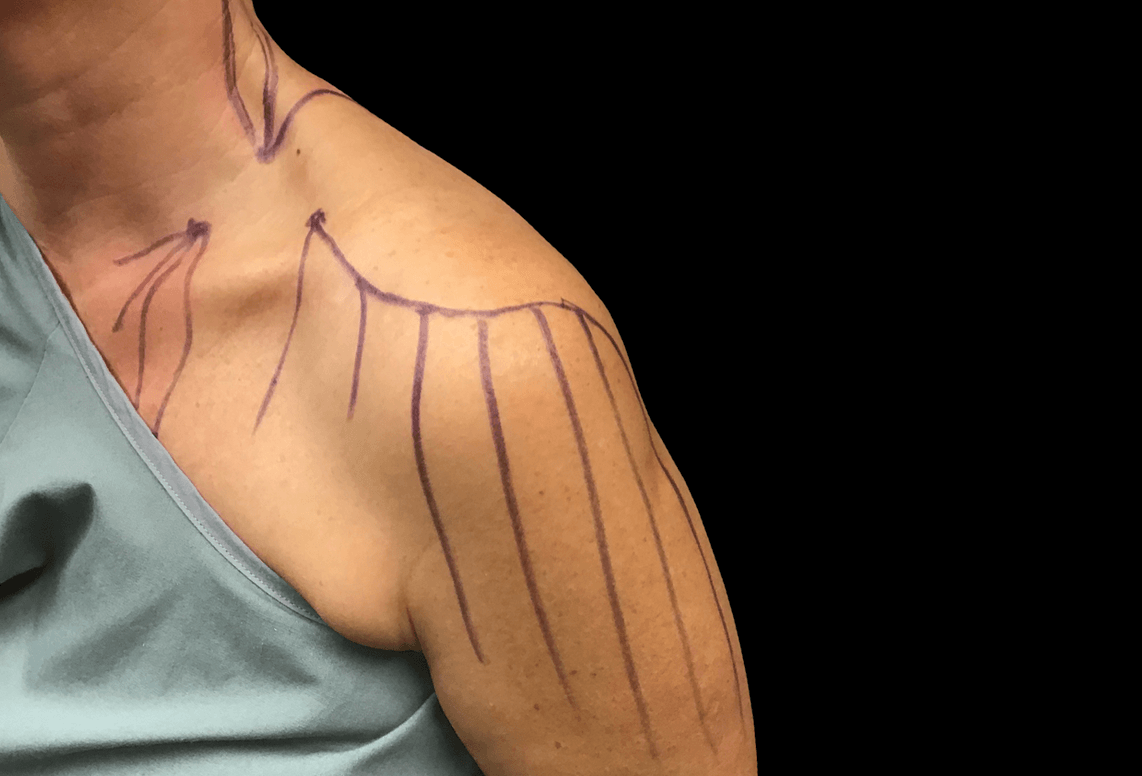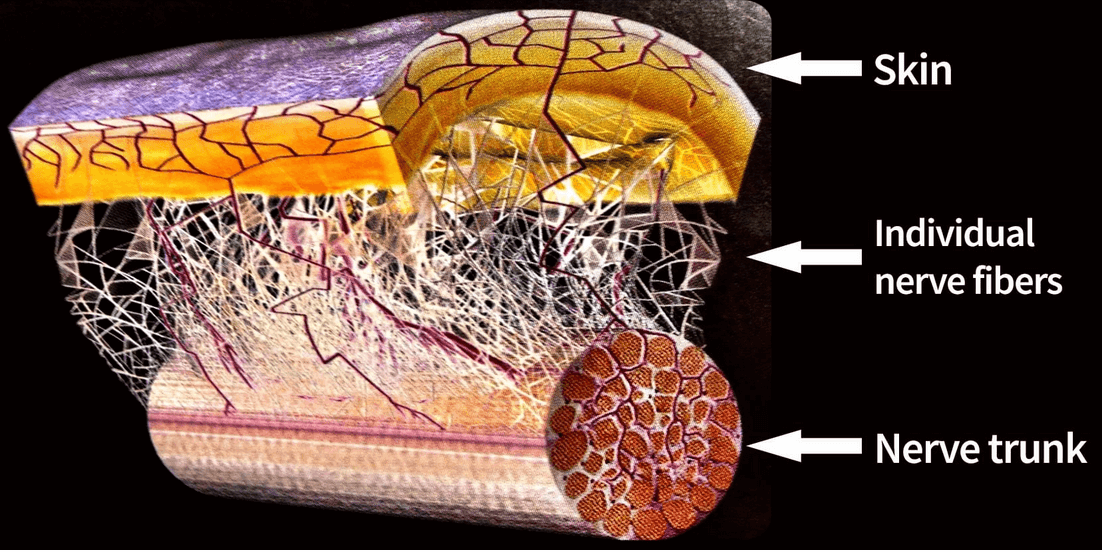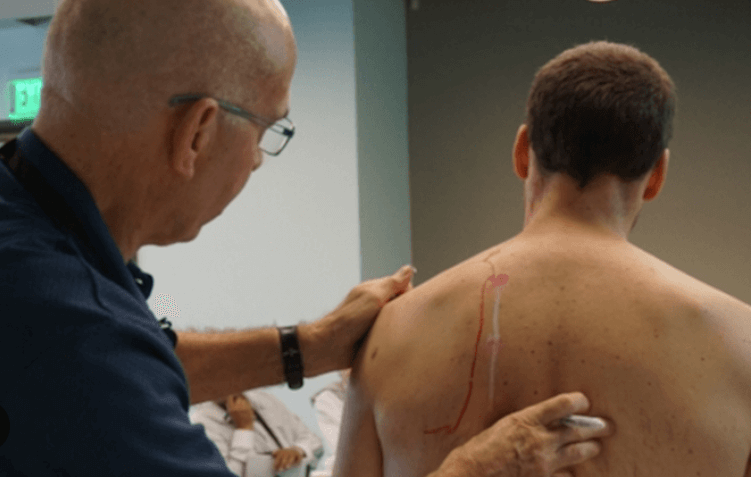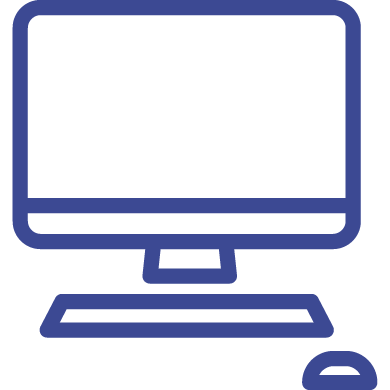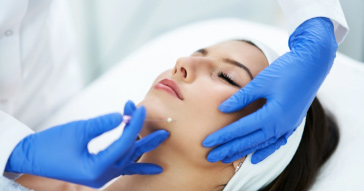Memorial Day Sale! Up to 40% OFF! Hurry—Sale Ends Fri, May 23 Save Now >>
- Browse Courses
- Academies
- Academy of Aesthetics
Botox, Dermal Fillers, and More
- Academy of Functional Medicine
IV Nutrition, Hormone Pellet, and More
- Academy of Pain Management
Pain Show, NCV/EMG, and More
- Academy of Business & Marketing
Blueprint, Business Bootcamp, and More
- Academy of Cosmetics
Facial Aesthetics, Cosmetic Laser, and More
- Academy of Virtual
Learn From the Comfort of Your Home or Office
- Academy of Aesthetics
- Pricing
- Calendar
- Memberships
- Aesthetics/Functional Medicine Memberships
Attend In-Person Live Courses Nationwide
- Pain Management Membership
Learn Interventional Procedures
- Livestream Memberships
Learn From The Comfort of Your Home or Office!
- Empire Flex™
Customize Your Own Education
- Office Memberships
Bring Your Staff to All Programs FREE
- Group Match™
Special Discounted Tuition on 4+ Attendees
- Empire Live Mentor™
Q&A Section with Physicians
- Aesthetics/Functional Medicine Memberships
- Downloads
- About


